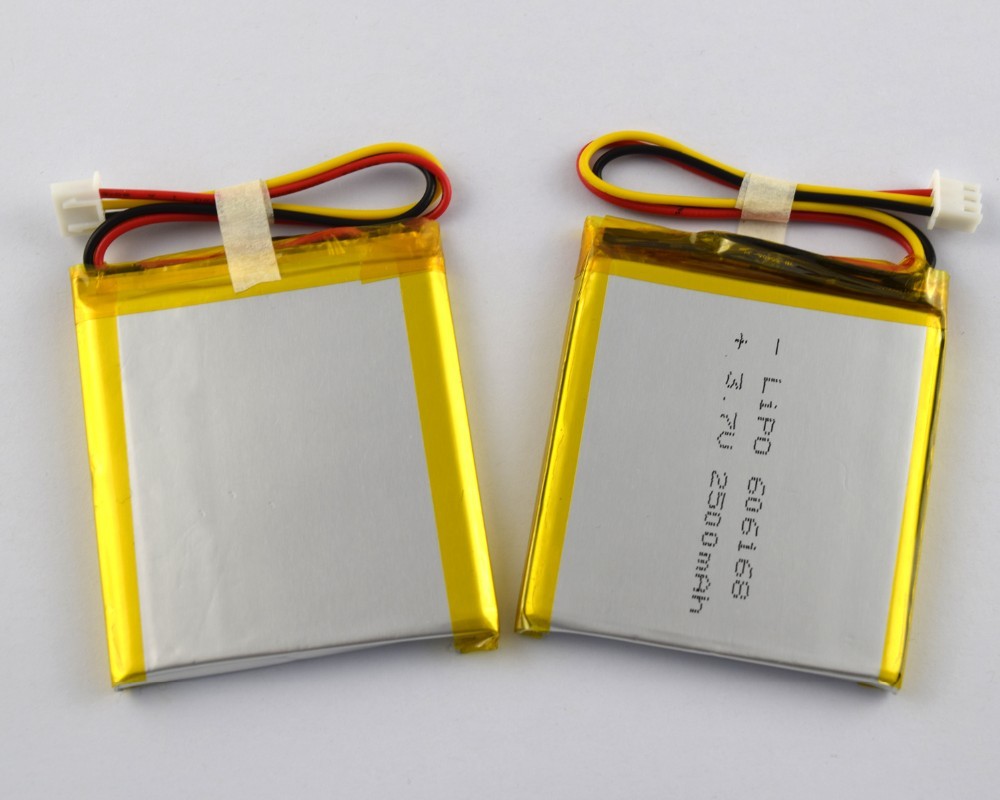There are several potential causes for a lithium battery not charging. Here are some common repair methods:
-
Low-Voltage Charging Method:
If a lithium battery has been unused for an extended period, it may enter a low-voltage state due to self-discharge, preventing it from charging. Use a charger with low voltage and current to initiate a gentle charge. Gradually increase the voltage and current to normal levels once the battery starts accepting charge. -
Replace the Charger:
A faulty charger, charging port, or plug can also cause charging issues. Replace any damaged components with the original charging equipment, if possible. Lithium batteries are smart batteries that require specific chargers to function properly. -
Perform Multiple Charge-Discharge Cycles:
Activate the battery by fully discharging it to a low level and then recharging it to full capacity. Repeat this process several times to potentially restore the battery’s charging ability. -
Measure Battery Voltage with a Multimeter:
Use a multimeter to check the battery voltage. Connect the positive terminal of the battery to a standard 5V charging source (e.g., a USB port) and quickly disconnect it several times. This can sometimes activate a non-responsive battery. -
Revive a “Starved” Battery:
For batteries that have been inactive for a long time, use a phone charger and data cable to gently revive the battery before attempting a full charge.
If none of the above methods work, consider replacing the battery or seeking professional assistance.
Key Notes:
- Always use compatible charging equipment.
- Avoid overcharging or over-discharging lithium batteries.
- If the battery swells or heats abnormally, discontinue use immediately and replace it.
(This guide is for informational purposes only. Handle batteries with care to avoid safety risks.)





